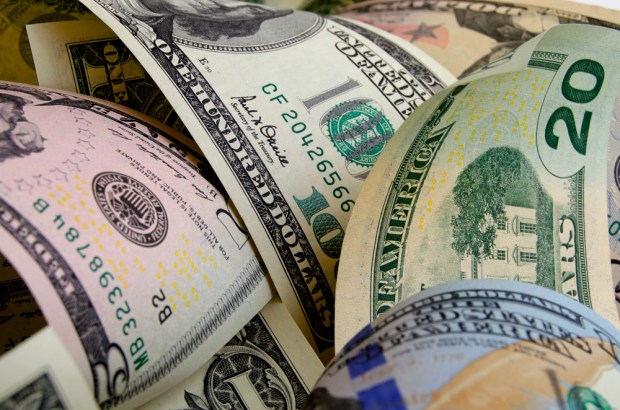ATM Trade Group Pushes Back On The War On Cash

The ATM Industry Association (ATMIA) has spoken out against the efforts of the anti-cash lobby.
ATMIA recently presented the results of a global research study written by Agis Consulting, which highlights the role cash and ATMs play in financial inclusivity and enfranchisement for some two billion of the world’s unbanked population.
“As cash is the only form of payment devoid of any prerequisite conditions for access,” the research paper reads, “efforts to liberate people from financial exclusion should, instead, encourage its use.”
Mike Lee, CEO of ATMIA, told Finextra that, since people trust cash as a store of value, it remains a means of payment that can be used by anyone at any time. He argues that removing cash from the financial inclusion equation will likely do more harm than good.
“Removing cash from campaigns to include the unbanked in financial services would represent a gargantuan governmental folly,” Lee said, “creating unbridgeable social and class divides in the future.”
Much of the changing cash share in western economies can be linked to the proliferation of digital and card-based payments. However, the gradual decline of cash in relation to the whole of payments doesn’t necessarily mean that cash is disappearing as a payment method.
Overall, consumers are spending more money every year, populations are getting bigger and economies are growing — albeit slowly. And so, in turn, more cash is actually being spent.
The latest PYMNTS Global Cash Index, for instance, found that 90 percent of consumer transactions over the last 15 years in Mexico were cash-based. And past trackers found, for instance, that across the Americas, some $3.06 trillion in cash was used for payments in 2015.
The use of cash is decreasing in the U.S., but it continues to be the most used payment method. About 40 percent of consumer transactions in the U.S. are paid using cash, a recent Federal Reserve study found.
